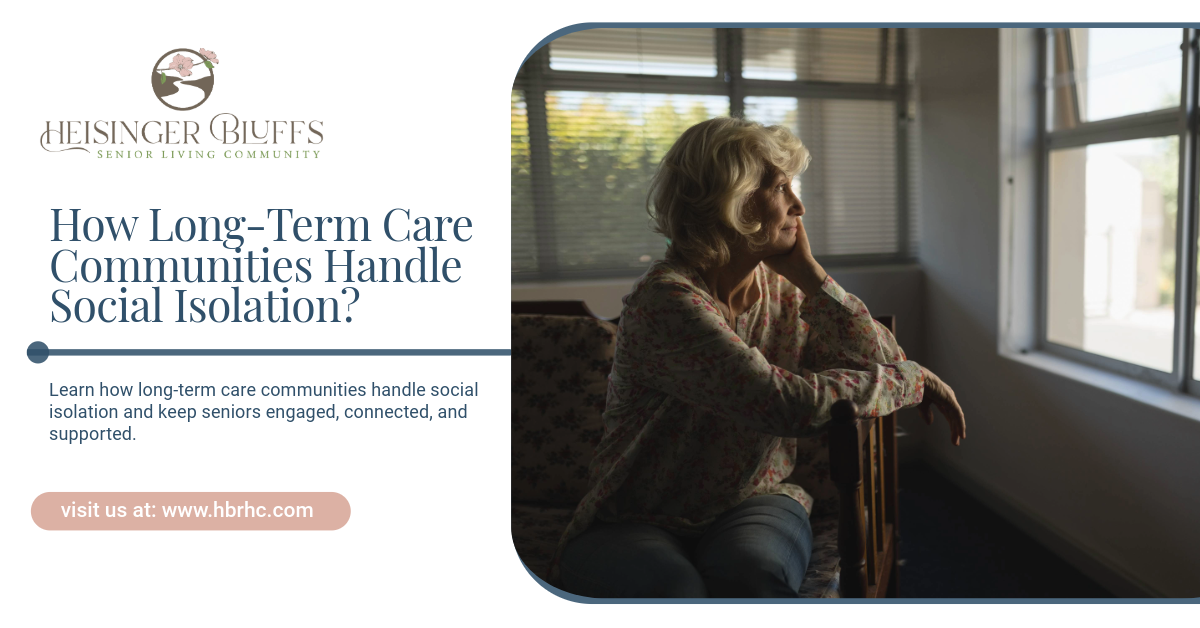How Long-Term Care Communities Handle Social Isolation?

Social isolation is a common concern for seniors in long-term care, but communities have strategies to keep residents connected and engaged. Staff focus on creating social opportunities through group activities, exercise classes, and hobby-based programs.
Personalized attention is key. Many facilities encourage one-on-one interactions, volunteer visits, and family involvement to ensure residents feel valued and supported. Technology also plays a role—video calls, social apps, and virtual events help seniors stay connected with loved ones.
Communities monitor residents’ emotional health, identifying signs of loneliness early and offering counseling or support groups. Promoting a sense of purpose through volunteering, mentoring, or participating in community events also helps combat isolation.
By combining social programs, personalized care, and emotional support, long-term care communities help seniors maintain strong social connections, mental health, and overall well-being.
Heisinger Bluffs provides a welcoming environment where social engagement, supportive staff, and meaningful activities work together to reduce isolation and enhance residents’ quality of life.
Frequently Asked Questions
What activities help prevent social isolation?
Group events, fitness classes, hobby clubs, and virtual connections with family.
How do staff identify lonely residents?
Regular check-ins, observation of mood changes, and resident feedback.
Can technology help with social connections?
Yes, video calls, social apps, and online events keep seniors connected with loved ones.
Sources:
- https://www.nia.nih.gov/health/loneliness-and-social-isolation/loneliness-and-social-isolation-tips-staying-connected
- https://jamanetwork.com/journals/jama/fullarticle/2819153











